5 Markets with Killer Deals
The COVID-19 pandemic has had a massive impact on the U.S. economy, from healthcare costs to the job market. After the initial lockdowns in March, even the housing market, which had been on a pronounced upswing for several years, looked to be trending downward. After a brief plunge, the housing market has come roaring back nationally; pending sales plunged in April to rock-bottom levels, but they rebounded to exceed last year’s levels. Studies have shown that, during the downturn, the market didn’t necessarily suffer any fundamental damage; buyers and sellers had simply withdrawn from the market to wait out the uncertainty. When listings began increasing again, the market rebounded, and the checkmark-shaped recovery many experts predicted is fully underway.
A new study from Clever Real Estate looks at how the recovery is affecting different U.S. markets and finds some striking divergences. Despite the pandemic economy, many markets still have fundamental conditions — very high demand and very low inventory — that are favorable to growth, and a lot of those markets have set record-high prices in recent months, too.
But that’s not the story everywhere. Some cities are seeing the opposite situation: higher inventory and low demand. And, predictably, prices in those markets are dropping. This creates a rare and valuable opportunity for investors and aspiring landlords who are willing to put money into a shaky market.
So, what are these cities, and just how much profit potential do they have? Let’s run down the top five cities that have seen the biggest drops in demand as a result of the COVID-19 lockdowns and why they’re such great investment opportunities.
How Were These Markets Measured?
Our basic metric for looking at the following markets combines three main factors: the percentage of homes that sell within two weeks of being listed, median days on the market, and the contract ratio, which is the ratio of pending sales to active listings. If there are significantly more listings than sales in a market, we can assume there’s low demand relative to supply. A higher ratio, where there’s closer to one home going under contract for every one listing, implies high demand.
In a typical year — 2019, for example — the contract ratio increases as the market heats up in the spring and summer months and home buyers are prevalent. As demand increases, homes sell rapidly, lowering the median days on the market. This year was following that pattern until March, when the contract ratio plummeted at the beginning of lockdown. The market has since recovered to exceed 2019 levels, and then some — the percentage of houses on the market for fewer than two weeks is significantly greater than last year, with quick sales during the week of June 15 exceeding last year’s levels by a staggering 34%. Brisk sales equals higher demand — and happier buyers, sellers, and brokers.
But while the overall picture is rosy, some markets are lagging. These represent the biggest opportunities for investors.
1. Tulsa, OK
Tulsa’s seen the biggest drop in demand of any metro market that was studied and was the only market that saw a decrease in every metric examined.
Tulsa’s contract ratio (pending sales to active listings) decreased by 80% since mid-April, and the proportion of homes sold within two weeks dropped by more than 50% between April and June; this is a market in extreme slowdown.
And because Oklahoma’s coronavirus numbers have only recently begun to peak, Tulsa’s contract ratio is plummeting, while most of the rest of the country is heading up. This is a buyer’s market, with sales way down and homes languishing on the market. A savvy negotiator could come away with a rare deal.
2. Salt Lake City, UT
Utah’s capital had one of its best years ever in 2019 but, like Oklahoma, has been hit hard by a late surge of coronavirus cases. Salt Lake City’s contract ratio has fallen off a cliff, worsening by 40%, with pending sales declining by almost two-thirds between May and June. The number of homes sold within two weeks has also decreased by 57%.
But, like a lot of real estate markets — hot and cold alike — prices haven’t yet declined. Median listing prices were up almost $30,000 in June compared to April, and the percentage of sellers who are dropping their prices has decreased. But with a paralyzed market and coronavirus numbers trending upward, it’s unlikely that prices will stay high for long, especially when you consider that SLC homes are already lingering on the market longer.
3. Tucson, AZ
Tucson’s a unique case; while housing supply there has decreased year-over-year by more than 25%, demand has also dropped by a comparable amount. The decline in demand started in April and picked up speed in June, when coronavirus cases in Arizona began increasing exponentially. Sales are way down, and homes are sitting on the market for 4 days longer, on average — a nearly 9% increase in a very short period of time.
Like a lot of other cities on this list, prices are up slightly, with median listing prices increasing by just over $10,000, but the underlying market conditions don’t support sustained gains.
4. Virginia Beach, VA
Virginia Beach has long been known as a great city for first-time home buyers, with great livability and affordability, but the Virginia Beach market looks primed for a slowdown. Demand is down, prices are up, and the percentage of active listings pulled off the market shot up by a staggering 137% between late March and mid-June. While the national market is emerging from its slumber, Virginia Beach sellers seem to be pulling back.
Median listing prices for Virginia Beach are up $13,900, and the percentage of sellers who are cutting their list price has decreased by just over 24%. The patience of Virginia Beach sellers is paying off, for now, but can it last?
5. Cincinnati, OH
Cincinnati is another unique case. Home values in the city have rocketed up in the past few months, from just over $180,000 in April to over $215,500 in mid-June. According to Business Inside, Cincinnati is in the top five U.S. cities for price recovery.
But by other measures, the Cincinnati market is looking quite weak. Homes are spending about 29 days longer on the market, on average, and the percentage of homes that sell within two weeks has dropped by nearly 61%. If demand continues to slide, and prices continue to shoot up, Cincinnati could find itself in a malaise — and then a downturn.


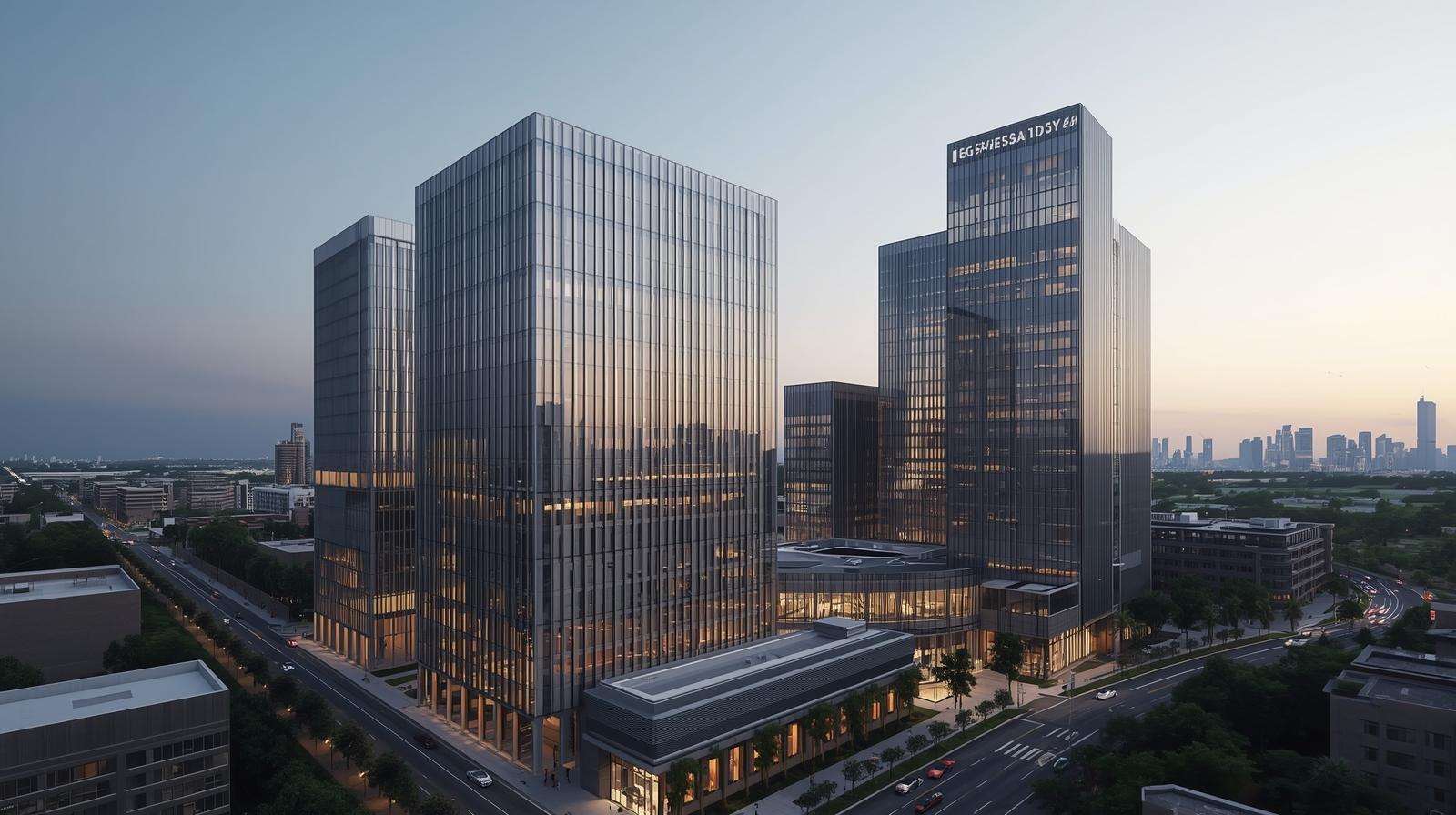
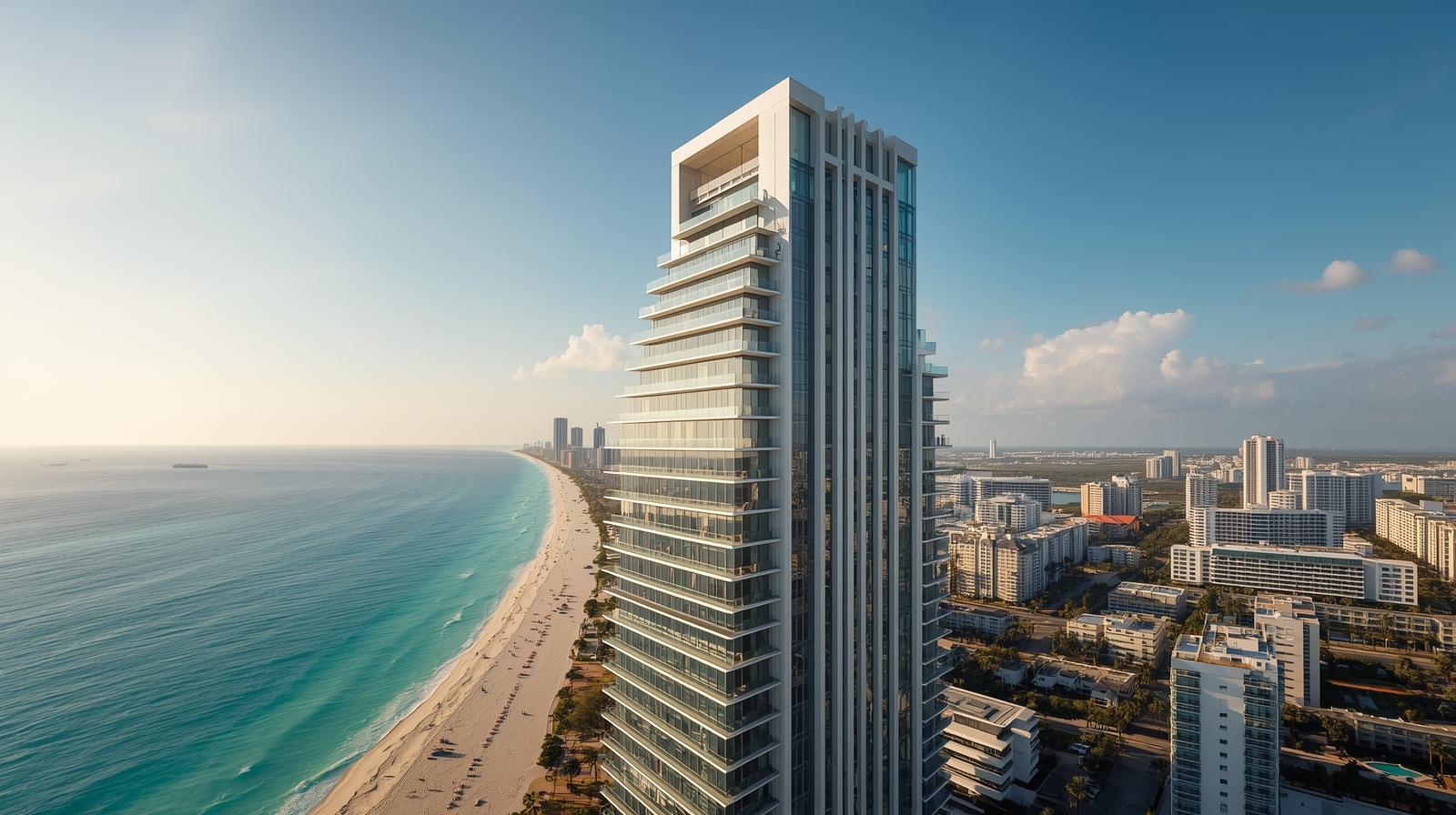
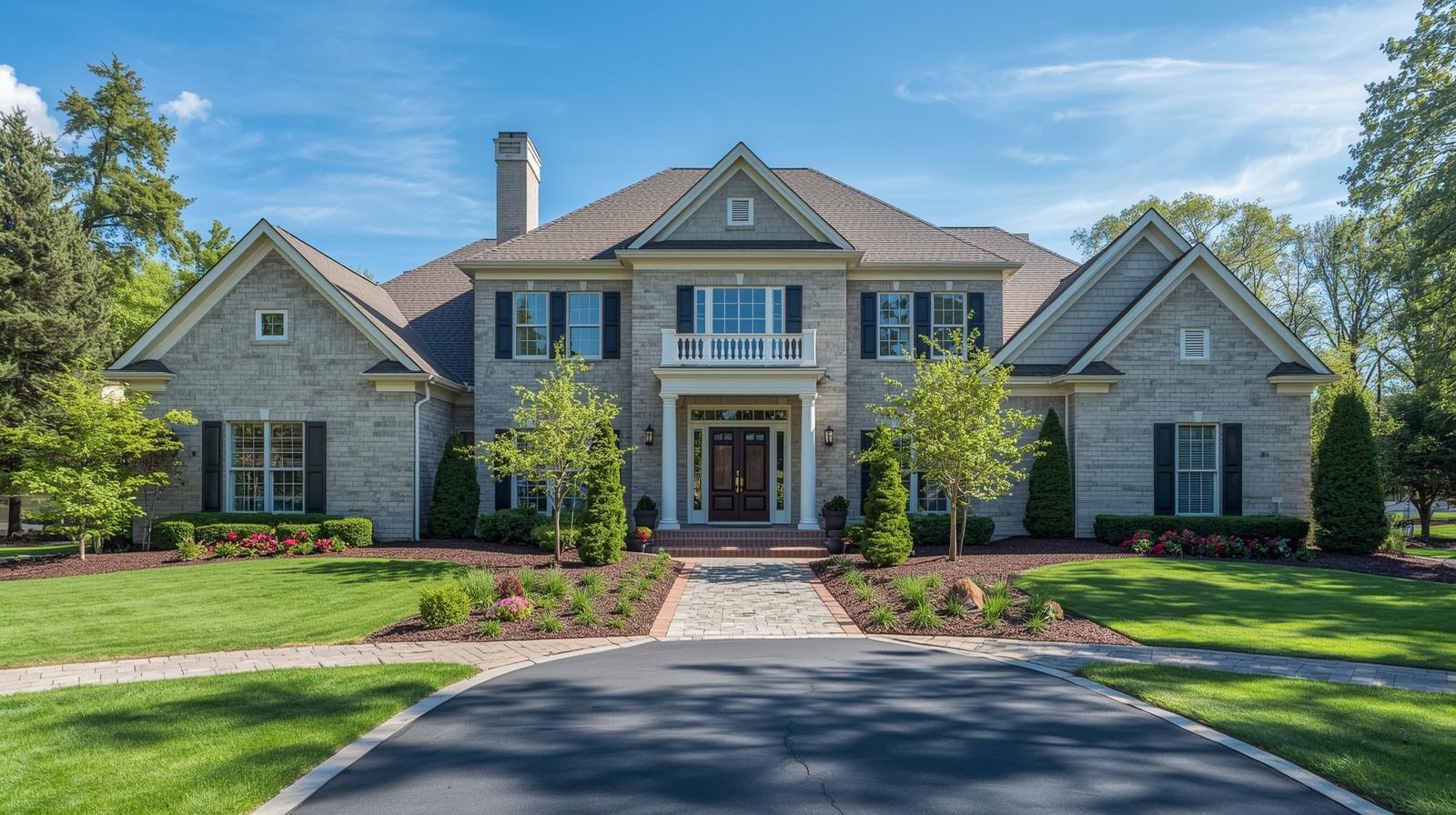
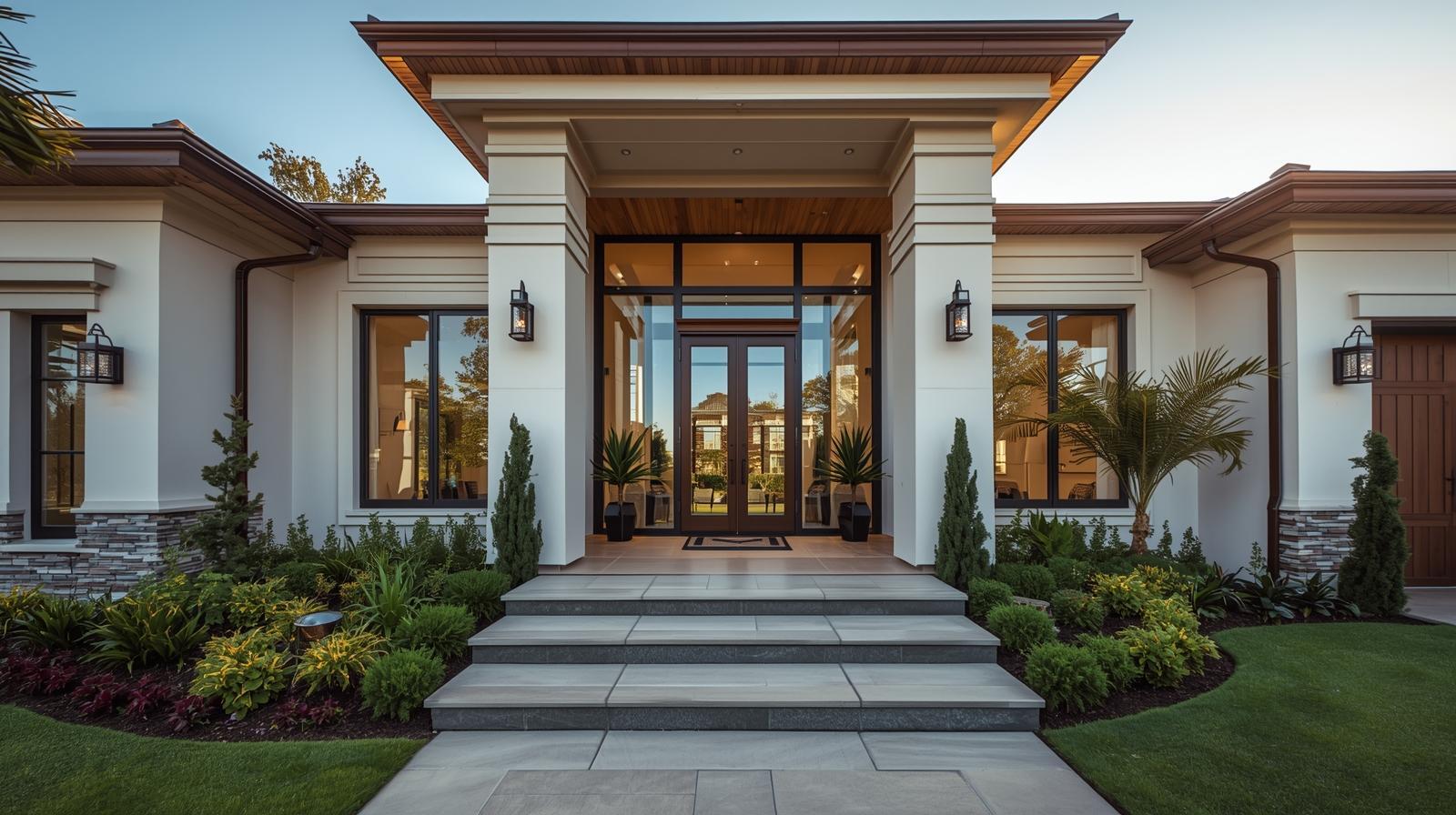

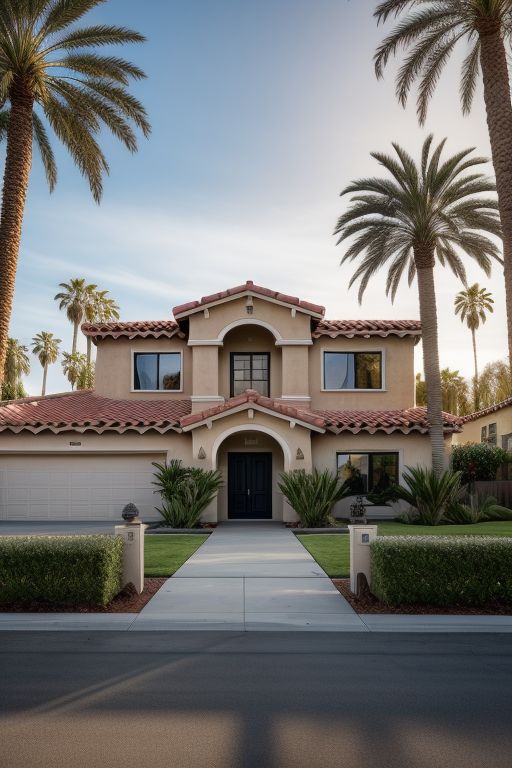

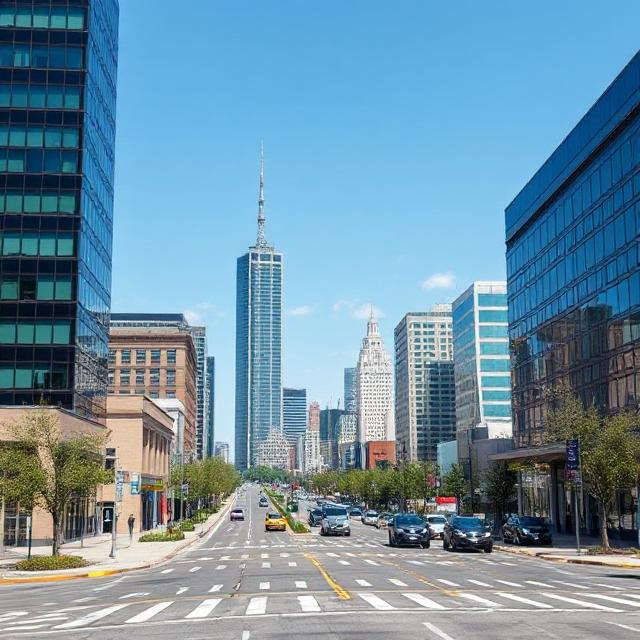
Related Posts